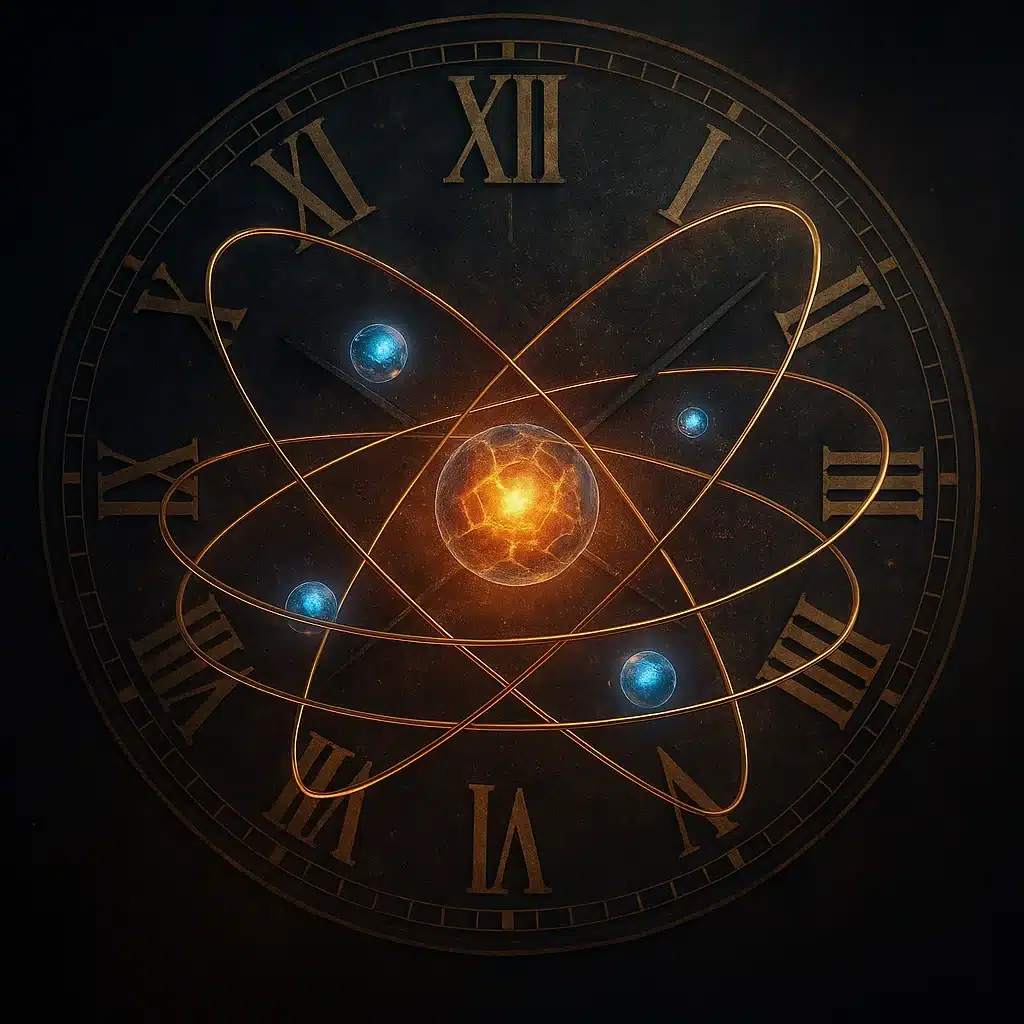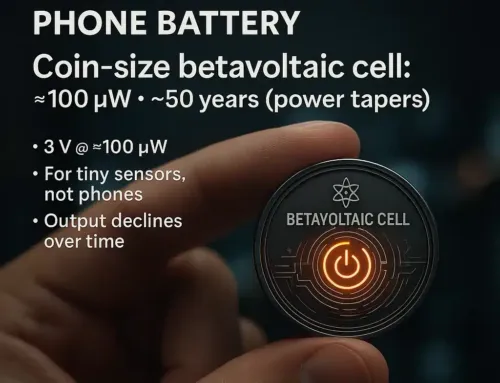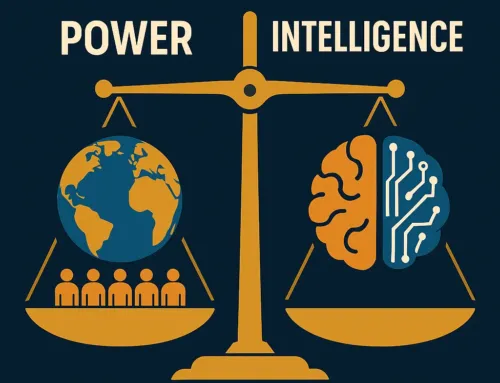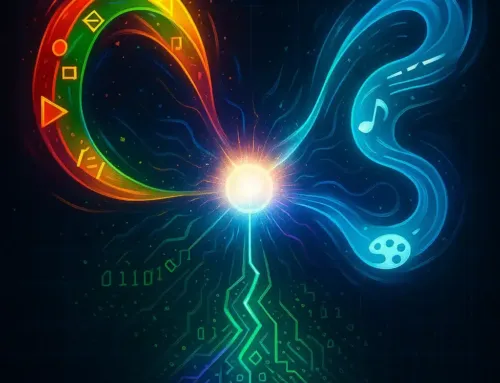
Approx. read time: 9.8 min.
Post: Time Stopped: How Attomicroscopy Revolutionizes Our View of the Quantum World
Introduction: A Moment Where Time Stood Still
For the first time in recorded history, scientists have successfully “stopped time”—not metaphorically, but literally—by capturing real-time images of electrons in motion at the smallest conceivable time scale. This revolutionary feat was achieved by researchers at the University of Arizona, led by Associate Professor of Physics Mohammed Hassan, through a groundbreaking technology known as attomicroscopy.
Operating at the attosecond scale (one quintillionth of a second, or 10^-18 seconds), the attomicroscope can observe electron dynamics that until now have been elusive. This unprecedented achievement signals a monumental shift in how scientists study quantum phenomena, chemical reactions, and even cellular biology.
What is Attomicroscopy?
Attomicroscopy is a groundbreaking advancement in ultrafast imaging technology, enabling scientists to observe the motion of electrons in real time, at the atomic scale, and within an attosecond time frame. An attosecond is one quintillionth of a second (1 attosecond = 1×10⁻¹⁸ seconds), making it the shortest unit of time ever measured in experimental science. To put this into perspective, more attoseconds fit into a single second than seconds have passed since the beginning of the universe.
The Core of Attomicroscopy
Attomicroscopy goes far beyond traditional electron microscopy by fusing the precision of quantum physics with the temporal resolution of attosecond laser science. Traditional electron microscopes could only visualize static structures or slow dynamics at nanosecond or femtosecond intervals. However, attomicroscopy captures dynamic electron behavior as it occurs, unlocking the mysteries of chemical reactions, molecular rearrangements, and quantum mechanical processes.
Instead of using a series of electron pulses (which often introduces overlapping signals and blurring due to temporal interference), attomicroscopy employs a single electron pulse precisely synchronized to an attosecond optical gating pulse. This singular-pulse approach eliminates background noise and temporal distortion, offering an image that is both ultrafast and incredibly precise.
How Attomicroscopy Works: The Mechanics Behind the Innovation
At its heart, the attomicroscope developed by researchers at the University of Arizona—under the direction of physicist Dr. Mohammed Hassan—relies on a sophisticated interplay between ultraviolet (UV) light, photoemission, and electron pulse synchronization.
Step-by-Step Breakdown of the Process
-
Ultrafast Laser Source (Femtosecond UV Pulse)
A femtosecond ultraviolet laser beam is used to strike a custom photocathode, which is engineered to emit electrons when energized by light. This process is known as photoemission. -
Electron Emission & Splitting
The emitted electron pulse is then split into two precisely timed wave packets:-
Main Imaging Pulse: This pulse carries the data needed to form the image and contains the electron beam.
-
Gating (Timing) Pulse: This is a precisely aligned optical pulse that “opens the gate” for a mere attosecond, allowing the main pulse to pass through at the perfect moment.
-
-
Temporal Gating via Optical Field
The gating mechanism is critical. Using an optical gating technique, the system isolates a single attosecond slice of the main pulse. This slice acts like a strobe flash, “freezing” the motion of the electron. -
Interaction with Sample
Once gated, the ultrafast electron pulse interacts with the material or molecule under observation. This results in the scattering and diffraction patterns that form the basis of the image. -
Image Reconstruction
The signals collected from the electron interaction are processed using quantum-coherent algorithms, enabling researchers to reconstruct the dynamics of individual electrons as they move around atoms and bonds.
A Leap from Theory to Application
This methodology builds upon foundational work recognized in the 2023 Nobel Prize in Physics, awarded to:
-
Pierre Agostini (Ohio State University)
-
Ferenc Krausz (Max Planck Institute)
-
Anne L’Huillier (Lund University)
Their research enabled the generation of attosecond ultraviolet (XUV) light pulses, which now serve as the basis for observing ultrafast phenomena. Their technique—known as high-harmonic generation (HHG)—produces intense, brief pulses by focusing infrared laser light into a gas. These pulses were the first to crack open the door into attosecond physics.
Now, attomicroscopy leverages this science to move from light-based attosecond spectroscopy to electron-based attosecond imaging—allowing for both the spatial resolution of electron microscopy and the temporal resolution of attosecond optics.
📘 Source: Nobel Prize in Physics 2023 – Summary
What Makes Attomicroscopy So Revolutionary?
🔬 Spatial and Temporal Precision Combined
Until now, scientists could either capture ultra-high spatial resolution (like atomic structures via electron microscopes) or ultra-fast time resolution (like vibrational motion using ultrafast lasers)—but not both. Attomicroscopy combines both dimensions, enabling the capture of events in space and time simultaneously.
⚛️ Capturing Quantum Mechanics in Motion
By freezing electrons in action, attomicroscopy makes it possible to directly observe quantum tunneling, wavefunction collapse, charge migration, and photoionization dynamics—core principles of quantum mechanics that were previously only accessible through indirect inference or simulation.
🔍 Eliminating Noise and Interference
Traditional multi-pulse techniques led to temporal overlap and background signal interference. The single-pulse, optically gated strategy used in attomicroscopy is virtually noise-free, delivering ultra-clean visualizations that increase interpretability and reproducibility in experimental science.
Real-World Applications of Attomicroscopy
1. Chemistry and Reaction Dynamics
-
Track electron flow during bond formation and breaking.
-
Observe transition states in catalytic reactions.
-
Understand energy transfer mechanisms in photosynthesis and photovoltaics.
2. Quantum Materials and Nanotechnology
-
Visualize charge density waves, superconducting transitions, and graphene electron mobility.
-
Fine-tune 2D materials and nanostructures for semiconductors and quantum computing.
3. Biological Molecules and DNA
-
Explore how electrons move in protein folding and DNA mutation.
-
Observe real-time radiation damage pathways to improve cancer radiotherapy.
4. Pharmaceutical and Drug Design
-
Monitor electron behavior in ligand binding to molecular receptors.
-
Inform structure-activity relationships (SAR) at the subatomic level for drug development.
The Road Ahead
Challenges to Overcome
-
Scaling Attomicroscopy for widespread use will require miniaturizing and automating components that currently operate in tightly controlled lab environments.
-
The data processing demands for attosecond-scale events require cutting-edge computational infrastructure and new machine learning algorithms to interpret results efficiently.
-
The technique also demands ultra-stable vacuum chambers, electron optics, and femtosecond-to-attosecond lasers, which currently represent a high-cost, high-maintenance setup.
Promising Future
Despite the engineering challenges, attomicroscopy is on a trajectory to transform multiple scientific fields, much like X-ray crystallography or the electron microscope did in the 20th century. Its influence may soon extend beyond pure research and into real-world diagnostics, molecular engineering, and even time-resolved medical imaging.
Final Thoughts
Attomicroscopy is not just a technological breakthrough—it’s a paradigm shift in how we observe and interpret reality at the smallest scales. By allowing us to view electrons in motion within atoms, this technique transcends traditional imaging, offering a new lens through which to understand chemistry, biology, materials science, and quantum physics.
We are now entering an era where “stopping time” isn’t just science fiction—it’s a laboratory reality.
Why Stopping Time Matters: Quantum and Chemical Insights
Capturing electron movement isn’t just a scientific parlor trick. This capability allows researchers to:
- Observe chemical reactions at their most fundamental level.
- Track quantum behavior and entanglement in action.
- Understand molecular bonding as it forms and dissolves.
- Visualize energy transfer within and between atoms.
For decades, scientists have used mathematical predictions to model these actions. With attomicroscopy, they can now see them directly, validating or correcting theoretical models in chemistry and quantum mechanics.
Applications Across Scientific Domains
1. Chemistry and Material Science
- Visualize reaction intermediates in catalytic processes.
- Analyze crystal structure changes in new material synthesis.
- Optimize nanomaterial performance by observing how atoms interact.
2. Quantum Physics
- Probe fundamental quantum behaviors such as superposition and decoherence.
- Track quantum particles in ultra-fast systems.
- Validate emerging quantum computing algorithms at the physical level.
3. Molecular and Cellular Biology
- Understand protein folding and molecular dynamics.
- Explore electron transfer in biological energy systems like photosynthesis and cellular respiration.
- Improve drug design by mapping precise molecular reactions.
4. Nanotechnology and Engineering
- Design next-gen semiconductors and quantum dots.
- Monitor mechanical stress at the atomic level for materials under load.
- Enable high-efficiency solar energy capture through real-time exciton tracking.
A Technological Leap: Smartphone Camera for the Quantum World
Hassan described the attomicroscope as the quantum equivalent of a smartphone camera—but with a resolution so extreme that it can observe the behavior of matter on a fundamental scale.
“This microscope is like a very powerful camera; it enables us to capture images of electrons,” — Mohammed Hassan, University of Arizona
The analogy helps bridge public understanding: just as smartphone cameras revolutionized how we record daily life, attomicroscopy is poised to revolutionize how we observe the very building blocks of matter.
Source: University of Arizona News – https://news.arizona.edu/story/time-stopped-university-arizona-physicist-invents-attomicroscope
How Does This Compare to Traditional Electron Microscopy?
| Feature | Traditional Electron Microscope | Attomicroscope |
|---|---|---|
| Temporal Resolution | Femtoseconds (10-15 seconds) | Attoseconds (10-18 seconds) |
| Imaging Technique | Multiple electron pulses (composite image) | Single attosecond electron pulse (real-time) |
| Application Focus | Static structural imaging | Dynamic electron motion and quantum behavior |
| Interference Risk | High (temporal overlap and noise) | Low (single-pulse gating minimizes noise) |
| Innovation Impact | Incremental advances in visualization | Transformational shift in ultrafast science |
Building on a Legacy: Attosecond Physics and Nobel Roots
The attomicroscope stands on the shoulders of decades of research in attosecond physics:
- Pierre Agostini (Ohio State University): Developed techniques to measure photoemission delays.
- Ferenc Krausz (Max Planck Institute): Created the first attosecond light pulses.
- Anne L’Huillier (Lund University): Expanded high-harmonic generation methods to produce attosecond bursts.
The 2023 Nobel Prize in Physics was awarded to these scientists, directly inspiring teams like Hassan’s to transform theory into application.
Implications for the Future of Science and Technology
Revolutionary Drug Development
Understanding how drugs interact at the molecular level—down to electrons—may lead to more targeted, effective treatments with fewer side effects.
Enhanced Semiconductor Manufacturing
By observing electron flow through nanoscale materials, chip designers could improve conductivity, reduce heat, and advance Moore’s Law beyond its projected limits.
Climate and Renewable Energy
Visualizing energy transfer in photosynthetic processes can inspire more efficient solar panels or carbon capture systems.
Space and Defense Applications
Materials exposed to extreme conditions in space or defense scenarios can now be studied at their failure points with unparalleled resolution.
Ethical Considerations and Limitations
While the technology holds immense promise, ethical and technical questions remain:
- Privacy of Bio-data: Could such precision be used unethically in medical monitoring?
- Military Uses: Could high-speed imaging of materials contribute to weapons research?
- Access and Equity: Will developing countries gain access to such high-cost instruments?
It’s vital that the scientific community develops regulatory and ethical frameworks alongside this rapid technological evolution.
Conclusion: A New Dawn in Observation
The attomicroscope doesn’t just stop time—it rewrites the rules of how we perceive reality. By offering a clear view into the subatomic world, it transforms decades of theoretical postulation into direct observation.
From quantum physics to biology, and from semiconductor design to drug development, the implications are staggering. This breakthrough isn’t just another step in scientific progress—it’s a quantum leap that opens new portals to understanding the universe itself.
The universe has always danced to the rhythm of atoms and electrons—now, for the first time, we can finally see the choreography.
Citations:
- University of Arizona News: https://news.arizona.edu/story/time-stopped-university-arizona-physicist-invents-attomicroscope
- Nobel Prize in Physics 2023: https://www.nobelprize.org/prizes/physics/2023/summary/
- Nature: “Attosecond science” – https://www.nature.com/articles/s41567-023-02077-5
- Science Daily: https://www.sciencedaily.com/releases/2024/03/240318105812.htm
- American Physical Society (APS): https://physics.aps.org/articles/v17/37









